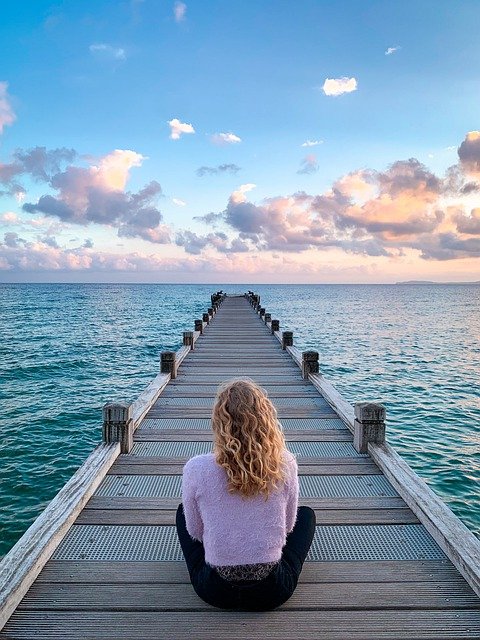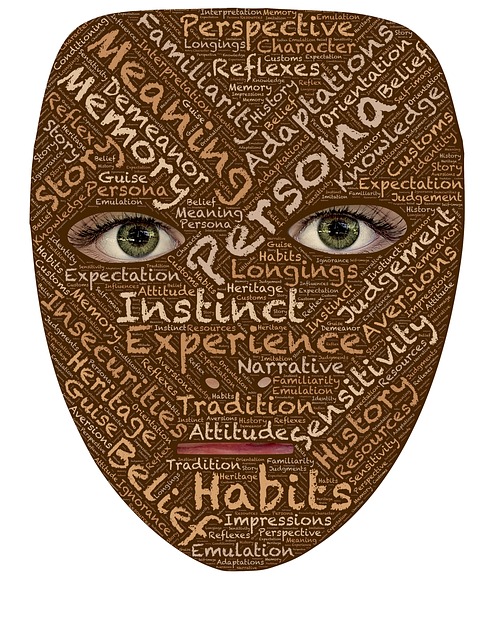Foundational to Hugh Van Cuylenburg’ Resilience Project is a change in perspective and in his book on the topic he provides evidence of people who have turned their lives around through a change in their perspective. He urges us strongly to focus on what we have, not what we lack. He maintains that this change develops the positive emotions of appreciation and gratitude that replace the negative emotions of envy and resentment. He points out too that it replaces depression about the past and/or anxiety about the future with the capacity to live the present moment more fully.
Underpinning the gratitude perspective is a change in our point of reference – from comparing ourselves to those who have more, to making the comparison with others who have considerably less. His story of the Indian boy, Stanzin, highlights the impact of this different way of looking at things. Stanzin was one of the most destitute children he met in India but the happiest person he had ever met – he appreciated everything in his life (no matter how old, broken, or impoverished).
Hugh worked with elite sportspeople including NRL and ARL football players. He mentions that at least five elite athletes changed their lives dramatically by implementing a daily gratitude journal – going from suicidal thoughts to appreciating the richness of their lives.
From loss and failure to learning and understanding
Hugh suggests that loss and failure can be seen in a very different light if we change our perspective. If we view them as opportunities and lessons to be learned and realise that they are often the result of our own unmet expectations, we can move away from depression and anxiety to understanding and valuing the experience. In each of life’s experiences, there is something to learn. If we always experience “success” we can harbour false assumptions about what “made” our success, not realising our underlying deficiencies (often propped up by others).
Associated with this change in perspective is moving from self-absorption and self-congratulation to acknowledging the very rich contribution of the many people who have had a positive influence on our life (including our parents who provided our “gene pool”). This latter thought came to me this morning when I was making an entry in my gratitude journal. I was able to write, “I appreciate my genetic legacy from my father – athleticism, resilience and stamina, and from my mother – kindness, compassion, understanding and patience.”
It also means moving away from the perspective of “better than” to realistically appreciating our strengths and limitations – a change in perspective from “superior conceit” to a “healthy confidence”. This change can result in improved behaviour together with happiness and contentment.
From “clients” to “friends”
Hugh mentions that at some stage in introducing students, elite sportspeople, and businesspeople to his GEM pathway, he started to view them as “friends”, instead of “clients” who paid for his services. He viewed his role as helping people and building relationships, not engaging in a money-making venture. This made the experience richer for himself and others he interacted with. He gained many friends and was better able to help them as a result. It also meant that sometimes he offered his services for free to people or organisations that had limited resources.
From “outcomes” to “process”
Both Louie Schwartzberg and Lindsey Stirling, award-winning creative producers of film and music, stress the importance of focusing on the process, not the final outcomes. This involves enjoying the moment and fully experiencing making film or making music or engaging in any other creative endeavour. In our organisational consulting work, my colleague and I have moved from a focus on outcomes to designing a process that enables people to “have the conversations that they need to have”. This reduces the stress of process design because there are so many factors that influence the outcomes over which you have no control – what you can control is how well you design the intervention process. This shift in perspective from outcomes to process provides the freedom to explore innovative and creative ways to work with people, music, or photography.
Reflection
As we grow in mindfulness, we can become more aware of the perspectives and expectations that create our self-sabotaging behaviours and limit our options. Changing our perspectives can significantly change our lives for the better, increase our happiness and strengthen our resilience in the face of setbacks and failures. Perspective change can open the way for the exploration of creative options in all our endeavours – family, work, and sport.
_______________________________
Image by Renan Brun from Pixabay
By Ron Passfield – Copyright (Creative Commons license, Attribution–Non Commercial–No Derivatives)
Disclosure: If you purchase a product through this site, I may earn a commission which will help to pay for the site, the associated Meetup group and the resources to support the blog.





